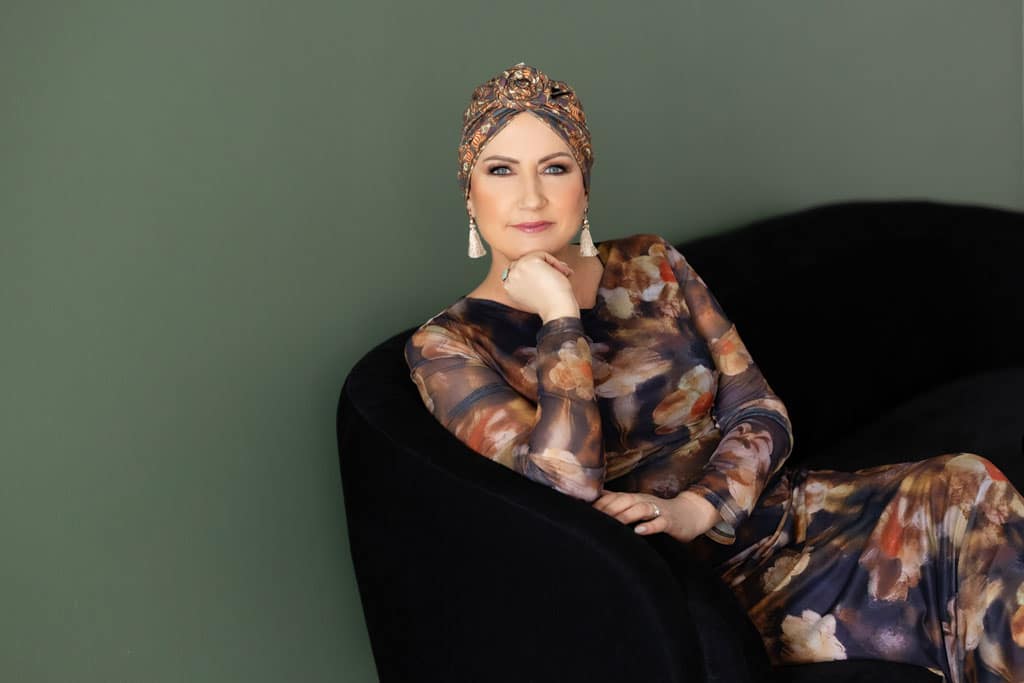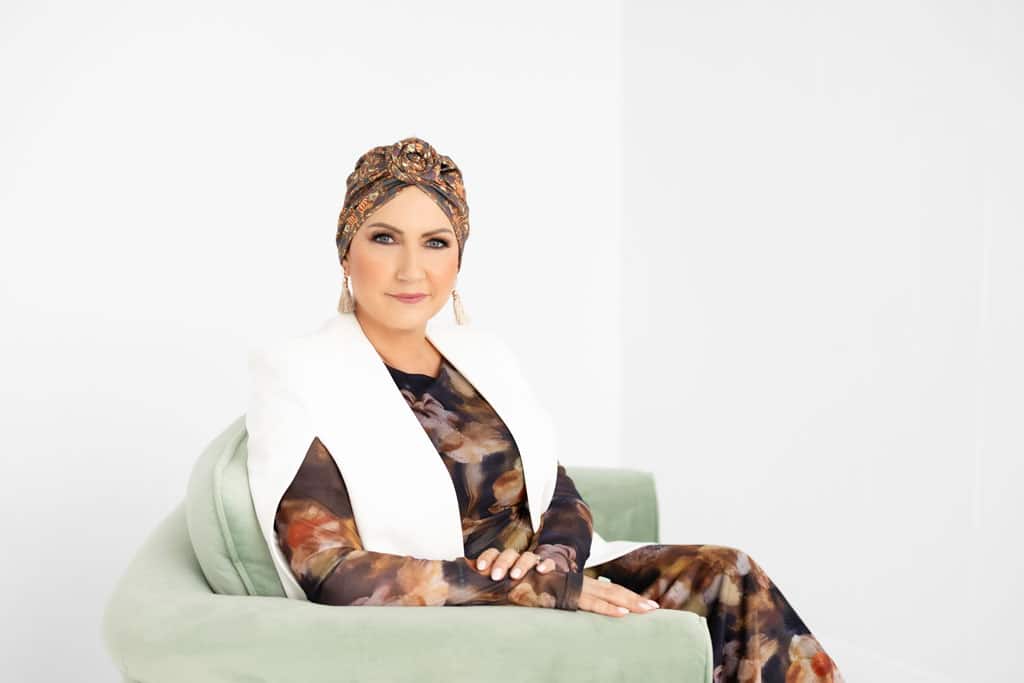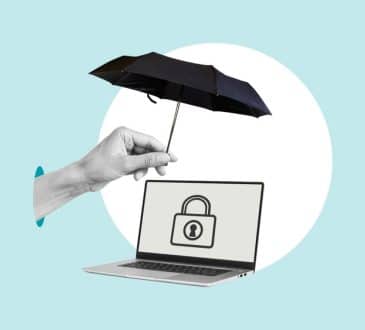Setting Boundaries to Prevent Empathy Fatigue

In any workplace, empathy is a non-negotiable leadership skill. Leaders and executives who demonstrate empathy create stronger teams, foster trust, and drive engagement. Empathy is a vital emotional skill to build on but at the same time, as with any behaviour, we can do this in overdrive.
This year, I am noticing people already feeling like they are running the fatigue marathon with many being challenged by what I call compassion or empathy fatigue. There is a fine line between being empathetic and becoming emotionally drained. Empathy fatigue—a state of emotional exhaustion from constantly absorbing others’ stress—can leave leaders feeling overwhelmed, depleted, and ineffective.
To lead sustainably, executives must practice empathetic boundaries—the art of balancing care for others with self-preservation. By setting these boundaries, leaders can remain compassionate without sacrificing their own well-being.
Why Empathy Matters in Leadership
Empathy is the ability to understand and share the feelings of others. It builds psychological safety, strengthens relationships, and enhances workplace culture. Research shows that empathetic leadership increases employee satisfaction, retention, and overall performance.
However, when we overextend ourselves emotionally, we risk burnout. We may feel personally responsible for solving every team issue or constantly absorb others’ stress. Over time, this leads to decision fatigue, reduced effectiveness, and even disengagement from work.
The key is to lead with empathy while maintaining boundaries—ensuring that you support your team without depleting your own energy.
Here are a few ideas we’ve been sharing with clients to create boundaries of what is ok and not ok when it comes to empathy.

Learn when to say no
Being an empathetic leader doesn’t mean saying “yes” to every request. Setting boundaries requires knowing when to decline the things and people that drain your time or emotional energy. A key insight here is to separate the person from the event or situation, you are saying no to the conversation not the person.
When declining, ensure you use empathetic language to maintain trust. Instead of a blunt “no,” try: “I’d love to help, but I don’t have the bandwidth right now and cannot give you my full attention. Let’s look at other options together.” This approach respects both your limits and the other person’s needs.
Know what is and isn’t yours to carry
Empathy doesn’t mean taking on everyone’s problems. As a leader, your role is to provide support and guidance, not to fix every challenge your team faces. When someone shares a struggle, listen actively but remind yourself: “I can support them, but I don’t have to carry their emotional load.”
When employees bring personal or work-related concerns, acknowledge their feelings and ask, “How can I support you?” rather than assuming responsibility for finding a solution.
Master your emotional awareness
Empathetic leaders tune into their team’s emotions, but that doesn’t mean they must take them on. It is important to be able to differentiate between empathy and emotional entanglement.
A good example is when someone shares stress or frustration, practice what I call detached empathy—acknowledge their experience, but remain emotionally separate. A simple mental reminder is a reframe where you say to yourself “Their emotions are not mine to carry”.

Set expectations around communication
How you value your time and set boundaries around your availability will determine how others value your time. Those who don’t set communication boundaries risk being available 24/7, leading to exhaustion. While openness is essential, so is protecting your time and energy. Remember you cannot pour from an empty cup.
Take some time to define communication norms. For example, let your team know you’re available for urgent matters but encourage them to problem-solve first before escalating issues or to seek out someone else who may help (peer coaching). Use tools like scheduled office hours or structured 1:1s to ensure meaningful conversations without constant interruptions.
Make self-care a priority and show others the way
If you’re constantly giving without recharging, you’ll have little energy left for yourself or your team. Self-care isn’t selfish—it’s essential for sustained leadership. Set up non-negotiable self-care routines, whether it’s a walk each morning, blocking out lunch breaks away from your desk or unplugging after work. When we lead by example and show we are embracing self-care behaviours this encourages our team to do the same, fostering a culture of balance and wellbeing.
Use empathy to foster strong leadership
Empathy is a superpower, and I believe, one of the most powerful emotional skills a leader can demonstrate. On the flip side, as I’ve expanded on above, we need to use empathy, with boundaries, or it can result in a source of burnout. By practicing empathetic boundaries, executives can lead with compassion while maintaining their own energy and effectiveness.
True leadership isn’t about absorbing all problems—it’s about empowering others while taking care of yourself. When leaders strike this balance, we can be Limitless in what we do and who we are. We can create workplaces where people feel valued, supported, motivated, and resilient—without anyone, including the leader, burning out.
What is the cost to you, other and your leadership not setting up empathetic boundaries?
Take some time now to set up your boundaries to remain the best you can be!
————
Written by Renée Giarrusso.
Have you read?
Countries with the most gold reserves.
World’s Best Public Relations Agencies (Top PR Firms).
Countries with the highest human freedom.
World’s Safest & Most Dangerous Countries For Travelers.
Bring the best of the CEOWORLD magazine's global journalism to audiences in the United States and around the world. - Add CEOWORLD magazine to your Google News feed.
Follow CEOWORLD magazine headlines on: Google News, LinkedIn, Twitter, and Facebook.
Copyright 2025 The CEOWORLD magazine. All rights reserved. This material (and any extract from it) must not be copied, redistributed or placed on any website, without CEOWORLD magazine' prior written consent. For media queries, please contact: info@ceoworld.biz








